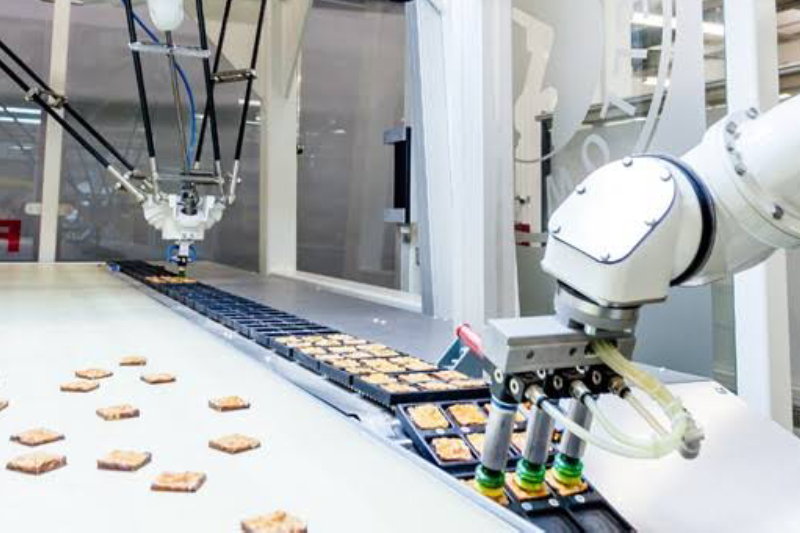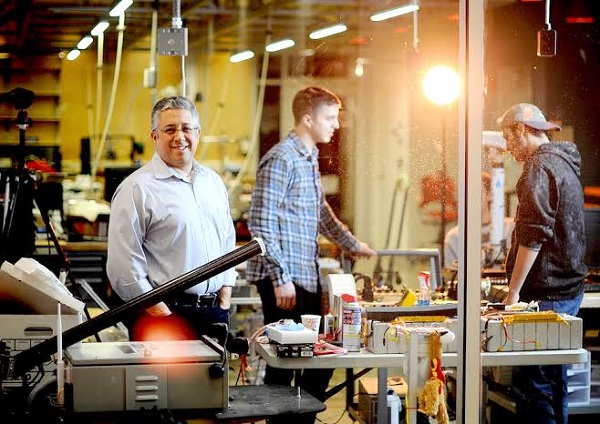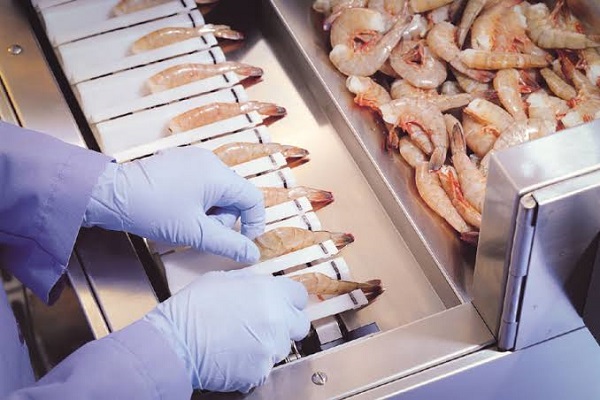The Great Combination Of Robotics And Fishing

Fishing And Seafood Processing
Fishing is a global phenomenon. It happens around the globe, around the clock, and at different seasons. You may find white fish more during the month of July while the Red King Crab fishery is up and running in Alaska the entire year. A few bays and inlets close fishing for a certain period while others produce catches for a year long. Bay and fishing ports and harbors have catch limits that they must not exceed. Alaska’s salmon has a catch limit of 204 million pounds per year, while Sitka has a catch limit of 22.5 million pounds. Depending on the availability and reproduction, each type of fish has a catch limit.
What happens to these fish, and how it gets to the dining table is a long story. Seafood processing plays a significant role in keeping these fishes intact until it gets cooked. It is a huge process of checking the quality, cutting, cleaning, segregating, and storing fish. It is a process that requires manual labor, and the work mostly happens in processing units where temperatures are below zero degrees to keep the fish fresh.
It is a mammoth task to get laborers to work in such inhuman conditions. Invariably, most of the processing jobs are outsourced to other countries, and this increases the cost of processing as it involves exporting and importing. It also resulted in the loss of jobs as the entire processing was outsourced. Such a situation has given rise to the need for developing innovative processing units locally.
Role Of Robots In Seafood Processing

Robots are innovative tools that help ease humanity off tough tasks. To reduce the outsourcing of seafood processing and to bring in more jobs locally, collaborative robots are developed to cater to challenges of seafood handling. The aim is to improve production, quality, and efficiency. Robots will help keep the work environment safe and promote more local jobs that are attractive. There are many challenges in this area, including finding the quality of the fish and cutting and segregating the parts of the fish.
Collaborative robotics involves creating algorithms for the robotic hands to find the right texture and the squishiness and decide if it meets food standards. Robots can be made to collaborate with humans to perform tasks such as cutting and peeling. Big seafood processing plants are enthusiastic about introducing robots to their production units.
A few plants in Canada, Alaska, and Norway have started introducing robots for fish processing. Robots are now used to peel and cut crabs and debone Cod. Automation for filleting fish is challenging as sea fish come in varying sizes compared to cultured farm fish. With x-ray technology, robots can now locate bones and fillets.
Check Out This Article – http://itresearchbrief.com/processed-seafood-and-seafood-processing-equipment-market-forecast-share .
Impact Of Using Robots In Seafood Processing

Robotics brings in a lot of advantages to the seafood industry. It helps solve labor shortages. The processing cycle will be reduced as everything is done locally. The catches are sent to other countries to be processed and shipped back for storage and sales. The vicious cycle can be broken down, and fish will be readily available for usage. Robots can be made to select the right fish, peel, and cut them accurately. It helps improve quality and keeps the freshness intact.
Faster processing will increase the volume of processed seafood. With innovation and collaboration, there will be increased productivity and revenues, bringing in more jobs for local workers. Reducing imports will help small and large processing plants reduce their operating costs. Robots can be designed to do harsh and dangerous tasks that are relatively unsafe for humans. Most of the plants are under extreme conditions. It is kept icy cold with ice-coated floors and slushy water. It is slippery and will lead to accidents.
Robotics will surely bring a sea of change in the functioning of the seafood industry. Especially for large processing plants, where thousands of fish are processed every single day. As in any other field, technology will remove most of the challenges in the seafood industry. Job opportunities will rise for skilled professionals who can work with machines rather than manual laborers. It is a boon that will help the fishing industry.
